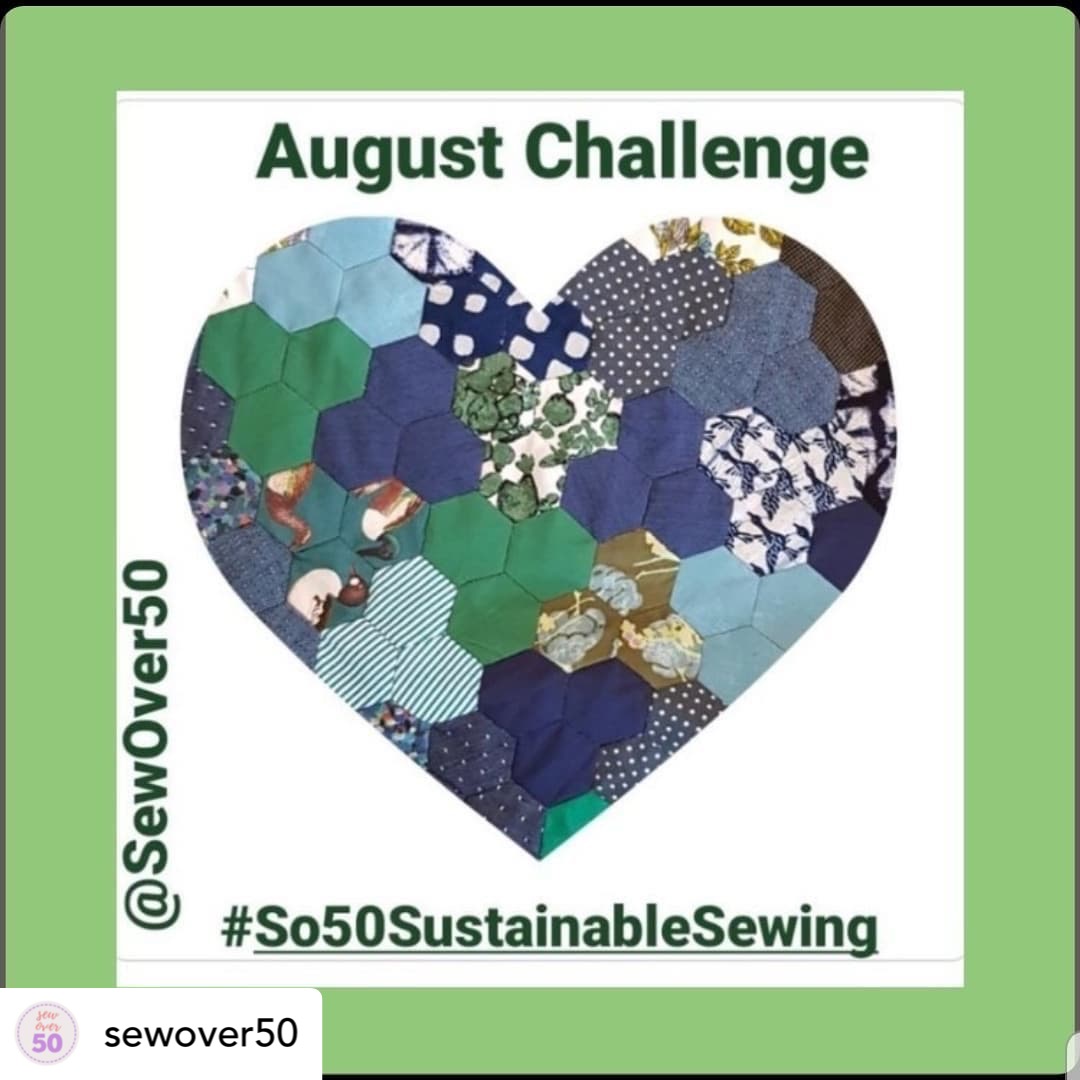
Judith Staley
Tuesday 3 August 2021: Judith Staley of Sewover50 kicks off this month’s sewing challenge. Mind you, this challenge might run well into September.
As Judith says, this challenge is all about using ‘waste’ fabric to make a garment, fabric that is already in the system…. your remnants, charity shop or thrift fabric from estate sales, vintage fabrics, manufacturing waste, fabric picked up from fabric swap tables at meet ups or from your fellow sewist’s destashes, discarded garments or tablecloths or bed linen.

Please be aware to avoid buying charity shop garments that you might think are worth remaking because they are a very large size. These garments should be left for people who are looking for these sizes for themselves to wear. Remember this challenge is essentially to use what you already have available in your home.

Seeing how you give fabric or garments a second life will spark your creativity so follow #So50SustainableSewing and #Soover50 to be inspired to take up this challenge.
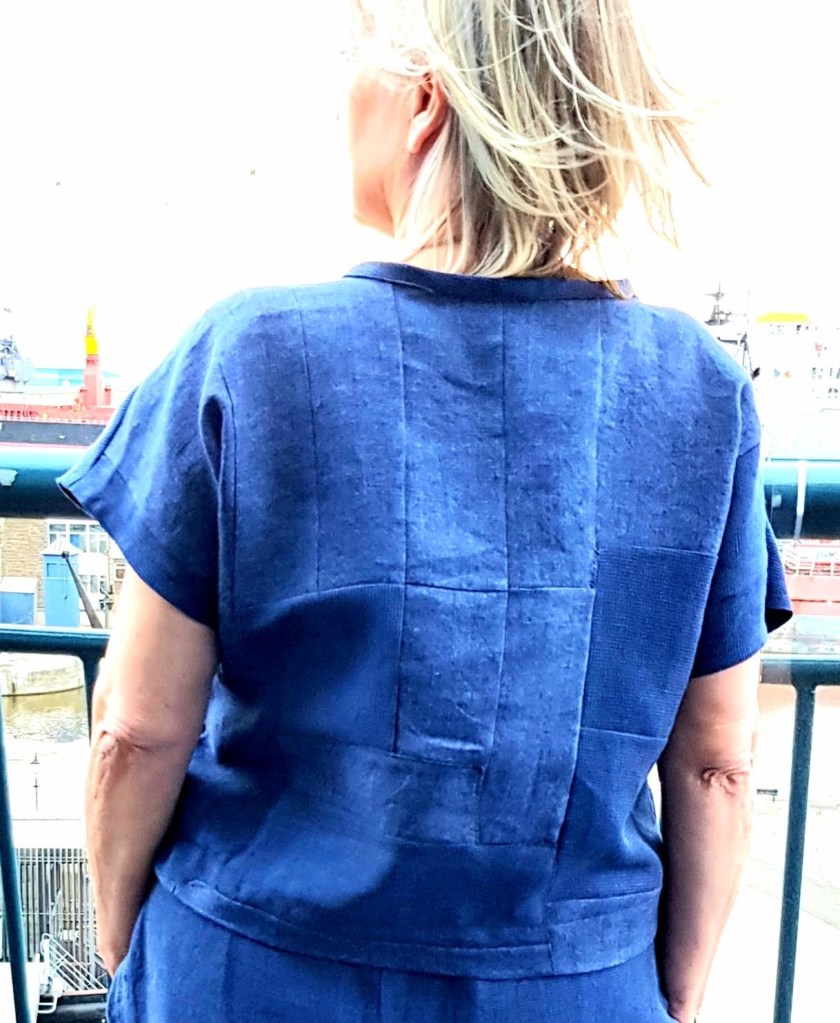
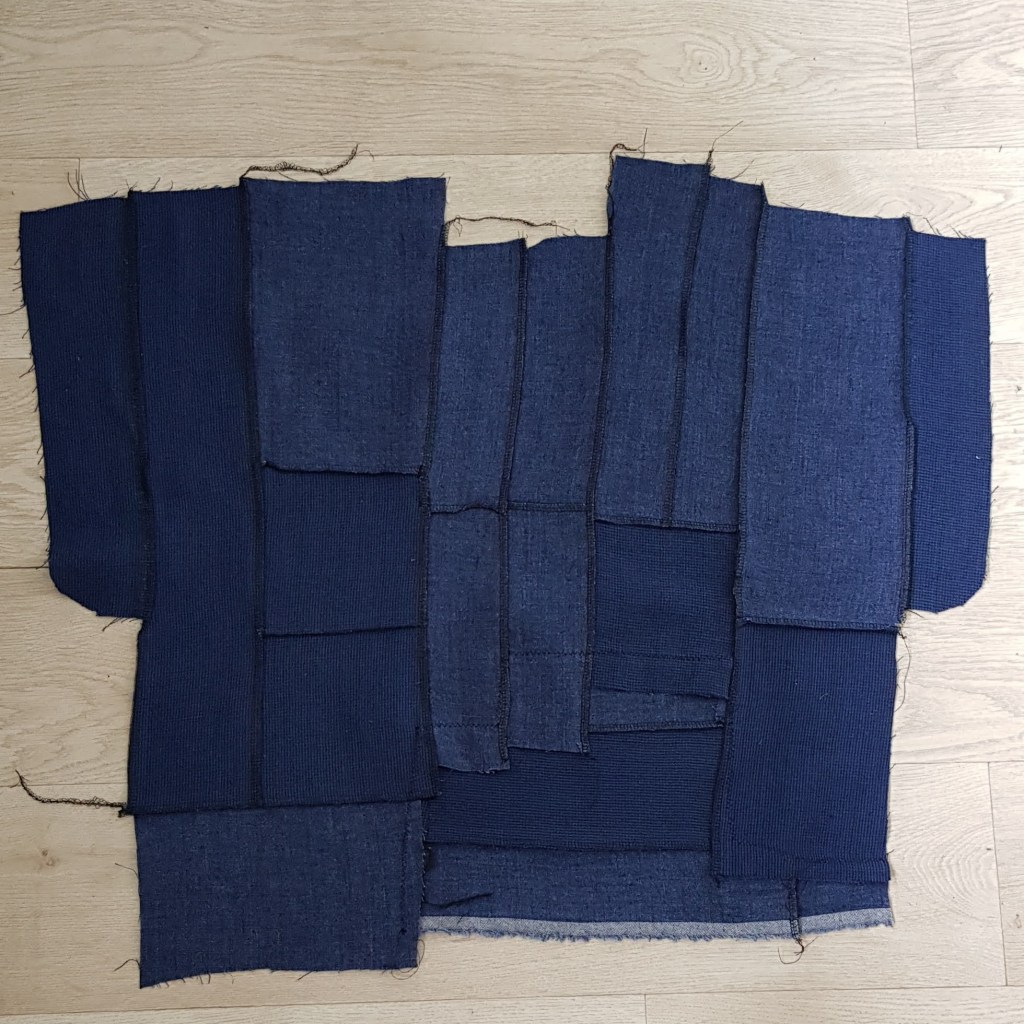

You’ll see how sustainable it is to sew your own clothes and see what is sustainable clothing.
Keep your eyes peeled.
As with all our #sewover50 challenges this challenge is open to all…no age restrictions.
Guest podcasters will also be helping you find you sustainable sewing actions.

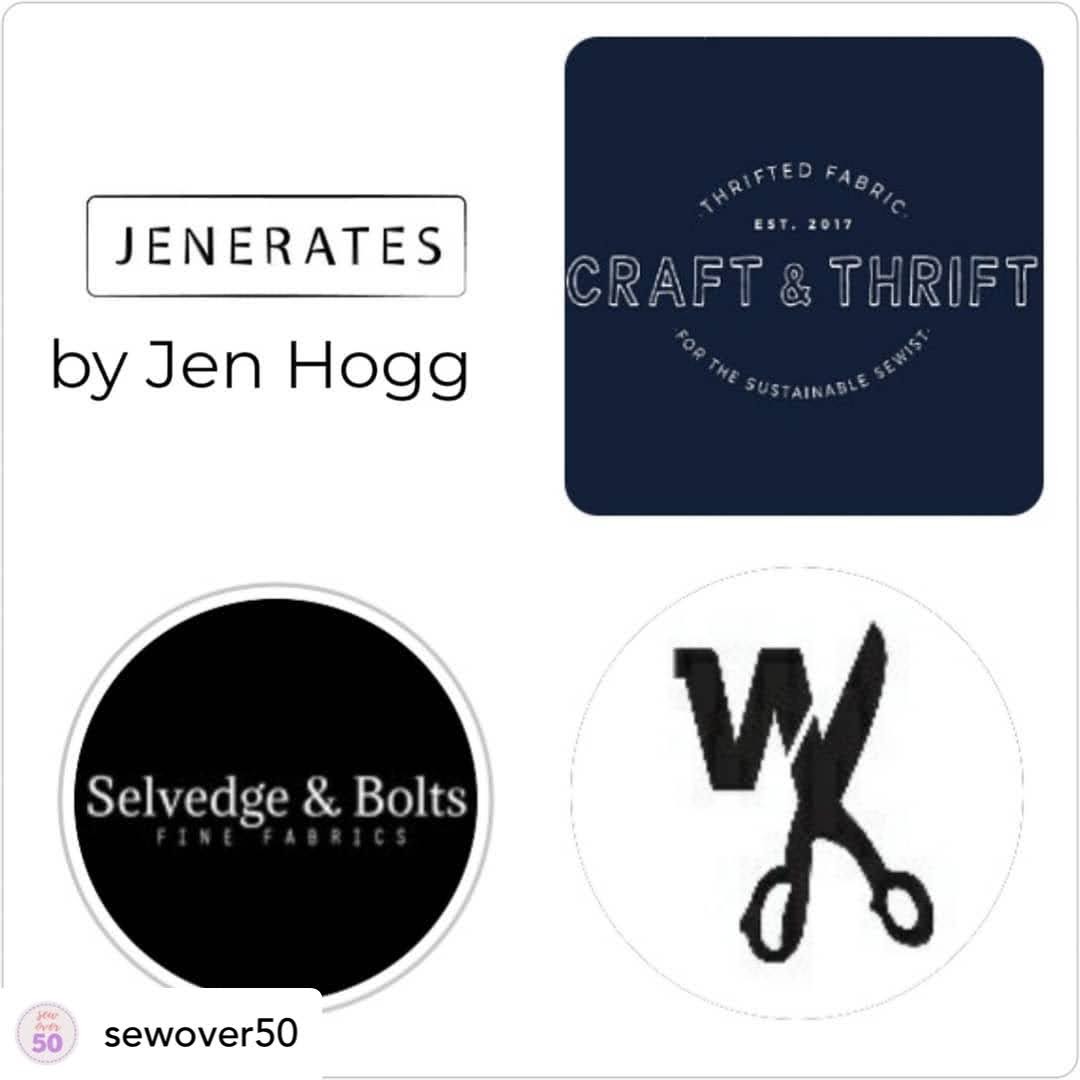
There are prizes, which are relevant to this challenge. The sponsors are:
@elbetextiles, @criswoodsews, @birgittahelmersson, @lizhaywood3754, @thatwendyward, @craftandthrift, @greyfriarsandgrace, @jenerates.shopwindow, @selvedgeandbolts, @ann_normandy_sewing_patterns and there will be more.

Guest Editors so far are:
@jenerates publishing 4 posts, @suestoney, @morrissews, @irenelundell, @marcialoisriddington, @raquel_sewing_knitting_in_asia and @judywillimentross
There are many more to come so you could assume this challenge will flow into September too.
Have a listen to Liz Haywood’s podcast about Zero waste sewing and her experience of the damaging effect textiles production has effected the environment. Have a listen to Kate Ward’s mending podcast or her repurposing podcast for ideas. Katrine of Mending Mayhem talked about how mending is another way to use ‘waste’ fabric. Kate Sekules of Visible mending is a great resource to about repurposing and using ‘waste fabrics and clothes’ to save the planet. Sue Stoney has been a podcast guest a few times, as has Raquel. Jen Hogg, Tricia and Marcia Lois Riddington have also been on the podcast for Sewover50.
Wendy Ward
Tuesday 10 August 2021: Wendy Ward has been helping people to make their own clothes since 2007. Wendy’s most recent book is “How to Sew Sustainably” and fully explores Wendy’s philosophy for dressing and sewing in a more sustainable way.
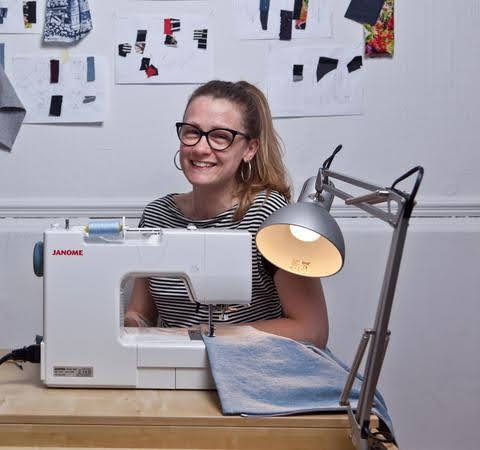
Wendy is an advocate of sustainable fashion having worked for a fair trade organic cotton brand for four years, Wendy is passionate about empowering people to create their own style, interpret fashion in their own way and re-connect with the joy of making.
You can find lots of practical sewing tips and help on Wendy’s blog where she also writes about a wide range of sewing, design and fashion related topics.

MIY Collection patterns are designed and written by Wendy Ward; an experienced designer and qualified teacher and they have been thoroughly road-tested by her eager sewing students. Rest assured you will find MIY Collection patterns to be well explained in down-to-earth language with clear, detailed diagrams.

After working as a designer in the fashion industry for seven years, in 2007 Wendy began teaching dressmaking and pattern cutting in Brighton, UK. By 2012, she had opened MIY Workshop in central Brighton to teach her own dressmaking and pattern cutting classes. In 2019 Wendy re-located back to her hometown of Sheffield in the foothills of the glorious Peak District.
Wendy has a degree in Fashion Design, an MA in Design and is a qualified teacher. She had her own column in Love Sewing magazine for 3 years from 2015 to 2018 and contributed 4 popular series to Sewing World magazine between 2013 and 2015.
So50SustainableSewing with Jen Hogg

Tuesday 17 August 2021: Jen Hogg practices sustainable sewing and supports Sewover50’s #so50SustainableSewing challenge with 4 guest posts, a prize sponsor and this podcast too.
Here’s a link to the instagram post Jen wrote about this jacket to support #so50SustainableSewing for Sewover50.

Here’s a link to the destashing Instagram post Jen wrote wearing the fabric she bought from Judith Staley at the time. Jen bought the navy pinstripe fabric through a charity destash organised in the UK by Lesley @sewsleepdeprived.

As Jen has written in her guest post for Sewover50: Stash busting? Partly because I busted a bit of navy pinstripe wool from our own @sewover50 Judith’s stash that turned into #bhljackietrousers by @ByHandLondon.
Do I feel guilty about my own stash? I won’t lie, it’s not wee, and dates back 10+ years (the blue coat, a sale bargain). But the answer is no. Having a stash is part of my creative process. Sometimes I start with a garment in mind, then my stash is my own private shop. More often I start with a fabric I like, then have to work out the garment. I keep some of my stash fabric on display for inspiration (and it makes me keep it tidy). The one rule I have is: do not add to the stash unless a fabric really calls out.
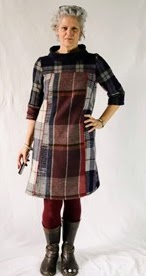

I do weed my stash though. Most of us must have fabrics or patterns which no longer call out to us, so why not move them on to someone who’ll appreciate them? I bought that navy pinstripe through a charity destash organised in the UK by Lesley @sewsleepdeprived. Run twice a year since 2019, over £7,000 has been raised for Clic Sargent, the UK’s leading cancer charity for children and young people. That’s a lot of stash busting! Follow @destash_for_kids_with_cancer for info about the next destash, planned soon. For practical purposes Lesley’s efforts are confined to the UK, but it could be set up elsewhere.

There is a great story behind this 3 jeans jacket that Jen talks about in this podcast.

Have a close look at the pocket image and you’ll realise how fun her creativity
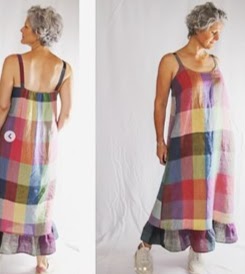
Here’s the found fabric Jen also talks about. Hopefully you’ll feel energised to try your own found fabric make.


This is the slitter fabric Jen discussed as waste from a local mill that she is using.
Less textile waste is a good thing.
Brittani of Untitled Thoughts

Tuesday 24 August 2021: Brittani of Untitled Thoughts discusses some simple ways to be a sustainable sewist.
In this podcast, Brittani provides some easy ways to think sustainably and how sewing is an act of being sustainable.

Buying locally to reduce your carbon foot print is very simple sustainable act to take.
So Zo – Check your thread podcast

Tuesday 7 September 2021: Have you subscribed to check your thread podcast yet? This is Zoe Edwards podcast that is a joy to listen to.
I’m sure you’re already familiar with her existing blog ‘So Zo what do you know. She’s always posted her makes, her free patterns and her concern for the environment as well as the highly successful Me Made May each year. Her instagram account also reflects her sewing point of view and makes. In this podcast Zoe says that she enjoys engaging with people about being sustainable with their sewing.
This year Zoe published her mending book and now she has a podcast where she’s discussing being mindful about the environment when you are sewing on Check your thread podcast.
Each week Check Your Thread will look at how to sew more sustainably, through inspiring conversation and fun explorations. For those of us who are concerned about the climate crisis but love sewing our own clothes, it’s an opportunity to nerd out about garment sewing, whilst figuring out ways to reduce the impact it may have on the planet. In the first episode, Zoe takes everyone on a journey through her sewing history, from fashion student, to garment industry employee, to sewing blogger, to dressmaking teacher and more.

In this podcast you’ll hear about how Zoe is enjoying the zero waste pattern process.
Angie Hinksman

Thursday 3 June 2021: Angie Hinksman credits staying busy with sewing and gardening projects to keep her sane.



Angie is a new Sewover50 follower and we noticed her because of her amazing duvet bias binding dress.

What you’ll hear is the depth of Angie’s sewing experience but more importantly how she has grieved the loss of her husband and found ways to find her self and as she says ‘stay sane’.
Kate Sekules
Kate Sekules is the author of Mend! a Refashioners Manual and Manifesto. She’s also the force behind #mendmarch each year.
Kate has done so much in her life including being in a rock band and supported Joy Division; boxed professionally, started the Refashioner and now is studying her phd in mending.
She has taken refashioning and made it engaging and fun. You’ll get addicted to visible mending. The garment is already broken so visible mending will bring out your artistic self. No skills required. Newbies to mending will enjoy giving their clothes another life and using Kate’s knowledge, more people can mend and not add to landfill.

Susan Young
“How do you assess your fabric purchases? Is cheap fabric inferior, or can you sometimes find a genuine bargain? Does expensive always mean quality…and what does that mean? How do you weigh up long lasting plastic-based fabrics against ‘natural’ fibres that may gradually wear out but where ageing can add to the appeal of the fabric?
The official blog writer for Sewover50, Susan Young of Susan Young Sewing, discusses the fabric purchase feedback and ideas followers of Sewover50 contributed on Instagram.
Susan Young continues discussing her Sewover50 blog post about the community’s discussion about your fabric purchases. This episode goes into weighing up purchasing long lasting plastic-based fabrics against ‘natural’ fibres. Susan refers to her review of the Fashioned from Nature exhibit that took place at the V&A Museum exhibit a few years ago. We then discuss reduce, reuse, recycle. Make sure you read The Golden Thread-how fabric changed history by Kassia St Clair.

Des Whitehorn
Des Whitehorn can sew and has been sewing for years. She doesn’t like to leave a garment unused or not worn.
Once you know your style, it takes courage and thinking outside the box to figure out how to not let your fabric end up as landfill. Des discusses what her remake options where and what she decided would bring her joy.

Des Whitehorn talks about 2 more sewing saves. She chats about how to save garments and even furniture for future use. Make, do, mend is something we’re all able to do and Des gives us her knowledge to do just that.

Mending Mayhem podcasts
Sewing Save Series: Katrine of Mending mayhem presents a mending topic each month, based on her many years of mending. Mending is part of her daily life and not just mending clothes. Mending is done with love. Mend don’t spend

Friday 28 March 2021: Katrine is back to spread her knowledge of using applique to mend.
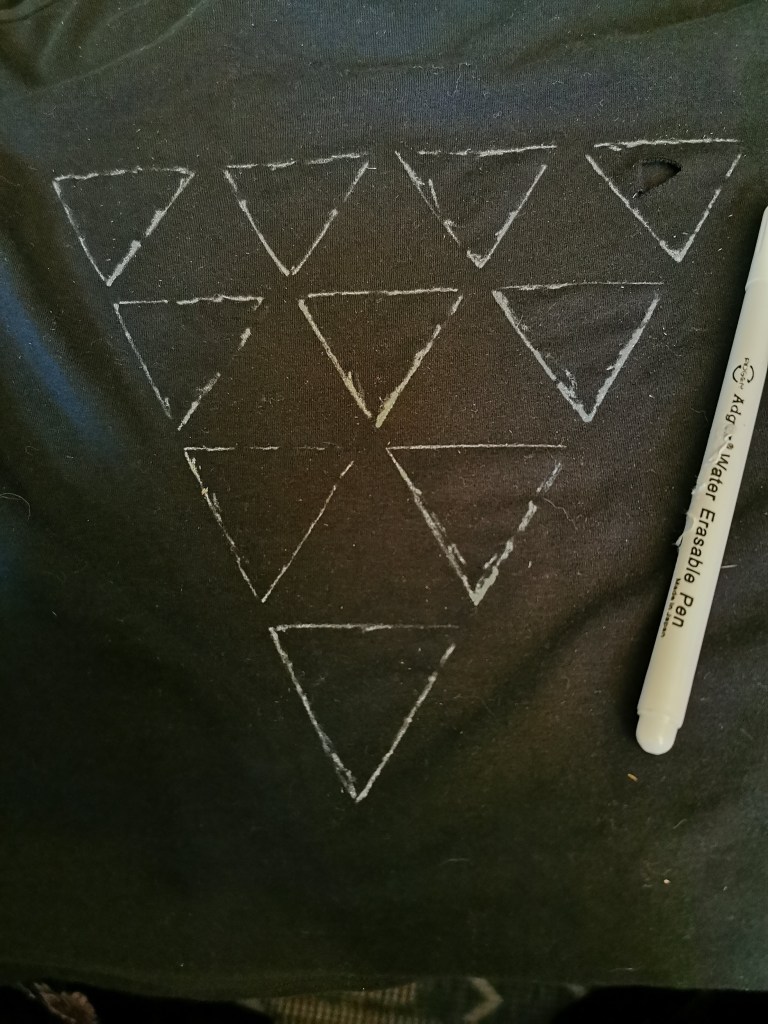

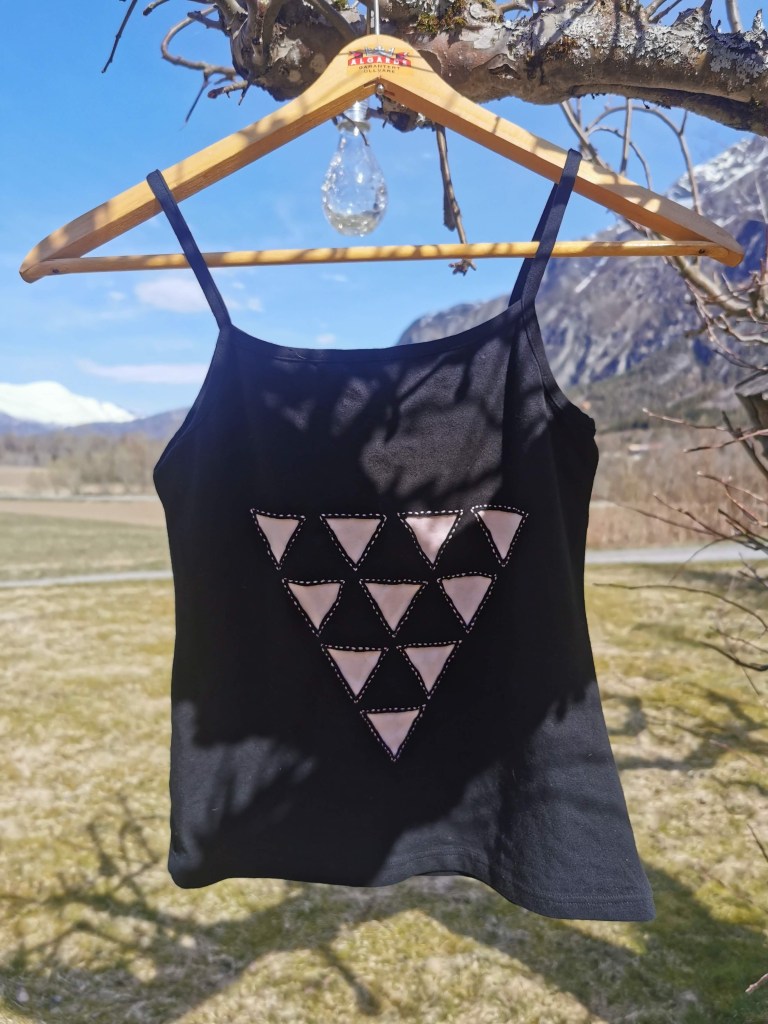




Uli or Schneckstein
Friday 19 March 2021: Uli has agreed to replay her podcast in honour of #mendmarch. You’ll hear how her family background keeps Uli visible mending.

Mending Mayhem
Friday 26 February 2021: Katrine of Mending Mayhem talks about her approach to #MendMarch, run by Kate Sekules or @visiblemend each year. We do mention one of our favourite mending friends, Tricia of Morrissews.
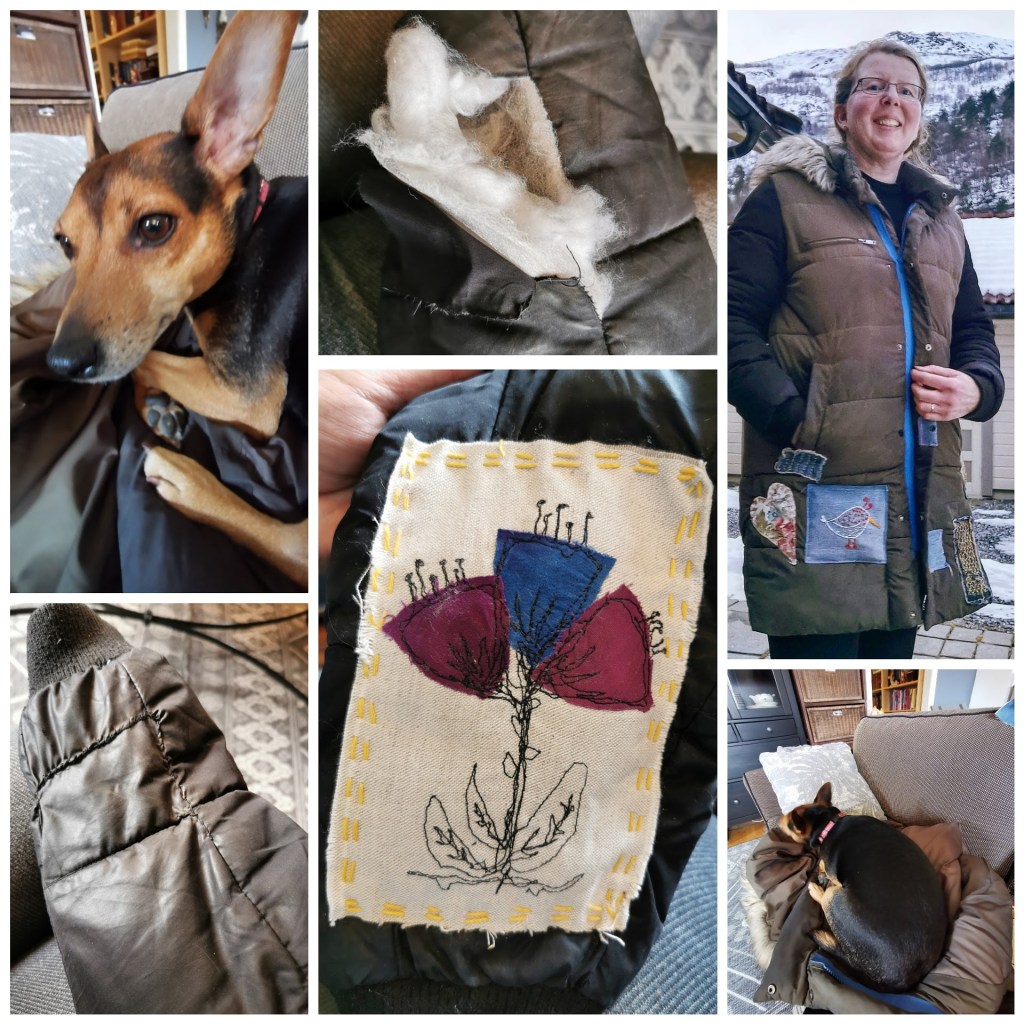





Everyone in Katrine’s family has some mending skills although she is the mending ‘go-to’ person. Her friends also provide Katrine with fabric and clothes to work with and mend.
Hopefully there are plenty of projects Katrine can post for #Mendmarch this year.
Friday 12 February 2021: This time Kate Ward delves into the research where time spent crafting and stitching has so many benefits for us. This podcasts covers her blog posts 10 reasons why stitching is good for us and 7 more reasons why stitching is good for us.
Kate Ward
Friday 29 January 2021: Kate Ward is a multidisciplinary artist, working in jewellery, textiles, ceramics, video and installation. Kate’s work is often minimalist, focusing on form, colour and the interplay of contrasts. Her practice is inspired by the ephemeral, the metaphysical, the symbolic, and the relationship between art, ritual and culture.
In this podcast Kate tells us about her arts training and a few reasons why stitching is good for us. There are many more reasons why stitching is good for us.

Kate has a number of art degrees.

She first obtained a Bachelor of Visual Art from the Australian National University, Canberra, Australia in 1998. Went on to study a Masters in Arts Management and Policy from London University, UK in 2008. A Certificate in IV Ceramics from Goulburn’s TAFE, Australian 2012. And culminating with a Masters in Fine Arts at the Nova Scotia College for Art and Design, Halifax, Canada in 2016.

Kate has been the recipient of numerous international scholarships, residencies and exchange programs. Her work has been selected for national and international exhibitions, and won the Fibreart International Guild’s 2001 ‘Outstanding Work by an Emerging Artist’ award, Pittsburgh, USA. Her work is in private collections world wide.

Lindzeanne
Friday 22 January 2021: Lindsay (Lindzeanne) is an English literature teacher by day, self-taught hand-stitcher by night living in Tokyo Japan.

Growing up, Lindsay was always described as the “creative one”. She drew, painted, but never had the opportunities to take art classes or was able to consider art as a viable job, so she pocketed away my creativity and pursued practical things. It wasn’t until she was in her early twenties and desperately seeking a creative outlet that she began dabbling again, but Lindsay had no clear direction. Lindsay tried to teach herself to play the accordion, the banjo and the ukulele. She also started sewing her own clothes, and learnt to knit. Lindsay painted with watercolors as well.
For about ten years, Lindsay was rediscovering herself in an aimless way. It wasn’t until she joined Instagram and discovered the concept of textile art that the ten years of trying to find her own voice through her creative expression finally clarified into the realization that with something so small as needle, thread, and time, the possibilities were really endless.

Lindsay says, ‘Hand-stitching for me is the perfect marriage of a lot of what I hold dear. Through making my own clothes I came across the concept of slow fashion and mending. Moreover, living in Japan, I am inspired by Sashiko stitching and the concept of “mottainai” or “waste nothing”. In a fast fashion world, hand stitching is my own personal revolt. My work takes time, and that is ok. My work is made from second hand or recycled materials. And that is ok, too, because I don’t want to contribute to any more detritus in the world.’

‘Through my work I aim to take seemingly worthless things, especially textiles, and transform them into small tokens of beauty that can be enjoyed in everyday life.’

Tessa Perlow is one of the first second hand upcycling and motif influences on Lindsay.
Lindsay suggests that new starters should use what they have at hand. Machine thread is what she uses. The important thing is to start! You’ll find Lindsay on Instagram and on her website.
Katrine’s mending posts
Wednesday 23 December 2020: In Katrine’s December Mending Mayhem podcast, we talked about Christmas in Norway. This post provides more details about how Norway celebrates Christmas.
Friday 4 December 2020: Katrine shares her mending knowledge and a special Christmas mending story.
Friday 6 November 2020: Katrine of Mending Mayhem discusses 4 mending techniques and refers to great menders across the globe.

Here is the transcript of her podcast:
Today we are looking at 4 different mending techniques – Sashiko, embroidery, sewing patches and applique. Visible mending is a fun creative way to preserve clothes. There are so many fun techniques to choose from. Mend don’t spend.
Sashiko
Sashiko is an old Japanese way of decorating and mending clothes. Sashiko means little stabs.
From what I have learned, Sashiko seems to refer to the stitching process itself, whilst Boro is the final textile result of patching and repetitive Sashiko stitching. Together they form a unique textile visible mending art piece.
Most people I know creating visible mending know more about Sashiko than I do. You can find Sashiko used in many forms from the simple running stitches back and forth through a patch, to intricate patterns.
Common motifs were originally inspired by natural surroundings like ocean waves, mountain peaks, and fields of grass-resulting in concentric circles and geometric patterns with poetic names such as persimmon flower or pine bark.
Simple tools are used – a long needle, heavy weight cotton thread, and a Sashiko thimble.
To avoid any discussions about how my work follows or doesn’t follow the traditional techniques and tools, I always say my mending is Sashiko-inspired. After all I’m a maker and an artist so I may not following rules as a true Sashiko expert. And I like to use whatever I have at hand. To be honest I have never owned any Sashiko threads or thimbles. And I’m horrible in sewing straight lines but I am very talented in making uneven stitches and I often cheat a bit too. Luckily there are some people that are way better with Sashiko than me and I enjoy seeing their work.
Mending Mayhem Collage on Wednesday 4 November 2020
My hardest task each week is choosing who to feature in the Wednesday Mendingmayhem collage. It’s difficult because there is so much good work on Instagram and on blogs.
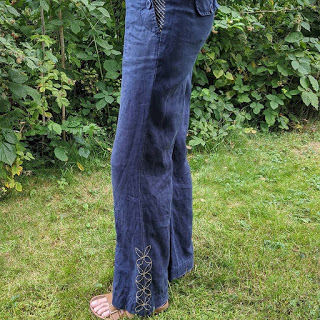

Kirsty from @spiderweavestudio Who was guesting for Mendingmayhem back in October is making some beautiful Sashiko mending.
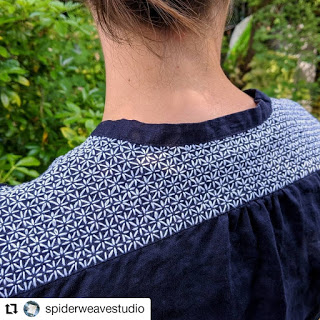
Selina from @selinaam05 shares traditional Sashiko knowledge. She will be coming on to the podcast this month too.
Friday 13 November 2020: This month’s mending guest for Mending Mayhem is Selina. It is a bit silly how I created the name: everything was taken for Selina, so I added “am” (Amsterdam); it was also taken, at the end I added “05” because 5 is my favourite number😉
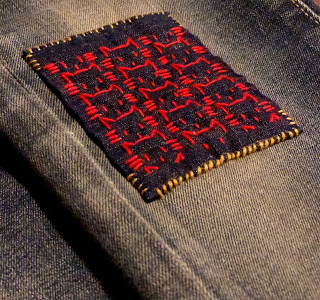
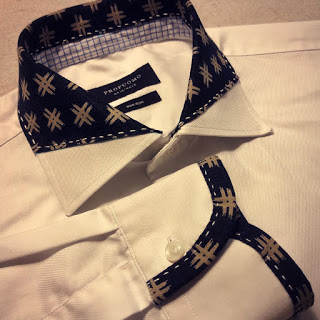
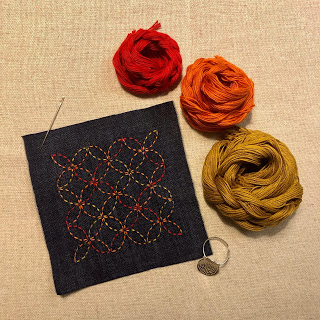
She also found inspiration from Lindsay @lindzeanne. Very talented textile artist living in Japan . Lindsay uses sashiko inspired work in her art using recycled materials and actually one of the first guest post at Mendigmayhem . She has a lot of impressive work, and some handstitched beads that are totally amazing.
Also, I would like to mention Eva Kittelsen from @myvisiblemend you will find her earlier work over at @Evakittelsen Norwegian textile artist who uses a bit of Sashiko in her mending.

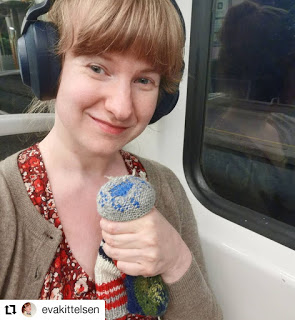

Isn’t this brilliant!
Eva also has a lot of gorgeous and breath-taking embroidery mends. Caring a lot about sustainability and the environment. Aso she does mend in public. It’s a great way to get people interested in the mending movement.
Embroidery
Embroidery has existed, in many forms, in every population across the globe. Whether it’s displayed on clothing, home goods, or as an artwork, embroidery is a timeless craft and is an essential part of our material culture.
The definition of embroidery is the art of applying decorative designs onto fabric using a needle.
Menders often use embroidery to cover up a hole or hide stains or simply to embellish their work. There are a lot of different stitches to choose from and so many ways to use it. I seem to have been using embroidery many times recently. I used to prefer to use my sewing machine for mending, as it’s much faster. Now I have found myself enjoying hand stitching more and more. It’s something about the quietness and the slow process that makes you unwind and relaxed.
What tools you need to embroidery mend?
Needle
Embroidery thread – Cotton or wool depending on what material you are mending.
A pair of embroidery scissors
An embroidery hoop can be helpful
If you are making a pattern or design you might need a tailor’s chalk pencil or a transfer paper.
Beads or sequins can be added for more decoration.
I like to make embroidery patches and sew them on after I’m done with the motif often using running stitches creating a Sashiko like pattern.

Since I used to make a lot of jewellery in the past, I tend to use beads in some of my embroidery because I still have a lot of them and they do look good on some garments. Like the sweater I’m still working on for my Mum. You have to make sure to attach the beads securely. I use a double sewing thread, and small stitches.
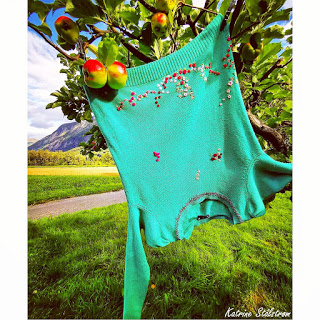

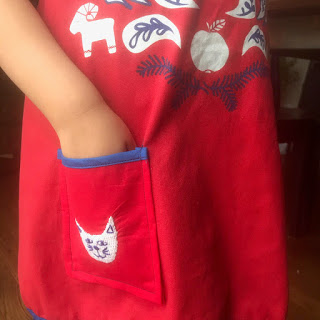
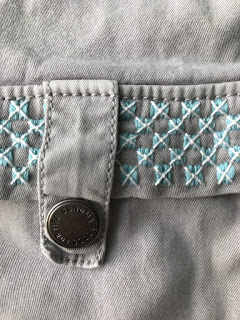
Techniques are often used mixed when you create visible mending. The techniques are all determined by the artist. I might have mentioned the sisters Jen and Wendy from @bostonandyork earlier, but they are defiantly worth mentioning again as they have so many brilliant stitching tutorials on their profile. And a lot of beautiful mending and embroidery.




Vera from @reparierenistliebe mostly use embroidery in her mending and she does it very well. Inger from @ingerfrimodig also has a bit of embroidery work, even a pair of garden gloves.


Patching

Patching could simply be placing a patch to cover a hole. You can apply the patch either on the inside of the garment or outside. There are many ways to use a patch. You can make it stand out or try to make it almost invisible. I think most people will be familiar to patching a hole. And it might sound a bit dull.
What tools you will need to patch a hole?
Needle
Sewing thread or embroidery thread
Scissors
Or a sewing machine if you prefer.
Patches from fabric, you can use other worn-out clothes to make patches.
A few pins to secure the patch in the right place.
Fusible interfacing
I do recommend the patch fabric is somewhat similar to the fabric in your garment.
The patch needs to be bigger than the hole, and sometimes there will be weak areas around the hole so you might want to make a much larger patch to prevent a new holes to emerge.
Remember, you will need to secure the edges of your patch before attaching it. This can be done using zig-zag stitches using a sewing machine or use fusible interfacing or you can fold in the edges of the hole.
Sewing by hand you can use blanket stitch around the edges. This can be done while sewing the patch onto the garment.
Some fabric won’t fray for example knit fabric don’t fray easily and so you don’t need to secure edges for holes in knit fabrics.
Patch sewing tips
Pin the patch in place and start sewing it on. Either by hand or machine.
Often jeans and trousers will get a hole in the knee and it’s difficult to get to by using your sewing machine. A good tip is to open the side seem a bit to get better access, then sew it back when you are done.
Another good tip is to use motifs from old clothes as a patch. Children often have favourites and then they grow out of their clothes. And they do often appreciate having their clothe patched with their outgrown garments.

Talking about patching we must mention Erin from @gatherwhatspills who hosted the #mendmakefriends patch swap and uses a lot of patches in her mending

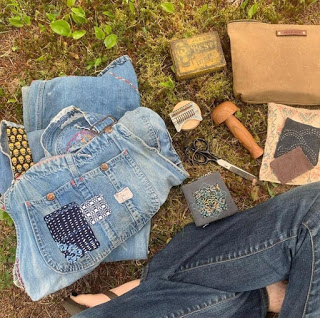
Marte form @marte.unikumdesigen often uses worn out or outgrown clothes for patches and also Hanne from @bananasandgreen
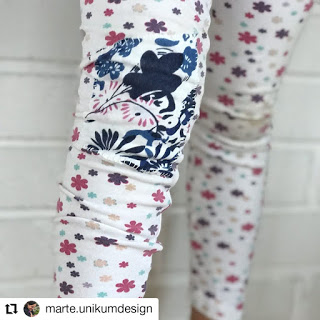


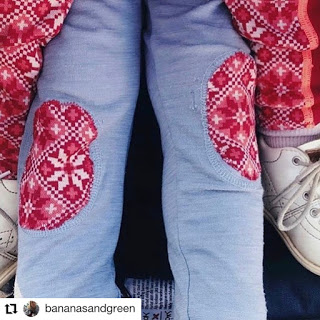
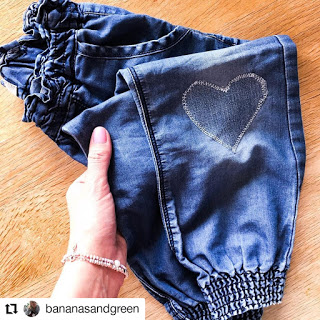
Candy @heartfulstitches is very often also using patches, and likes to attach pockets to everything. You can’t mention Candy without talking about her marvellous post stamp quilt. #candyspoststampquilt Hand stitched from tiny pieces of fabric, embroidery quotes from her children, family sayings, memories, jokes, songs and drawings. Last time I checked it had around 3,350 pieces.


Marissa from @andwearis often makes a little applique from some of her patches. That girl seems to be able to reuse anything.

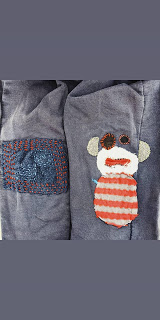
Applique
Applique is a technique where pieces of material are attached to a larger piece of material, often in a decorative pattern. These patterns can include lettering, geometric shapes, or images. Often, the two materials used will contrast in type, colour, and/or texture so that they can be easily differentiated.
Common applique fabrics include felt, fleece, and quilting cotton, but applique can be accomplished with almost any material! Applique is often used to add colour, texture, or embellishment to a piece. This is a very fun technique and you can make almost anything you like.
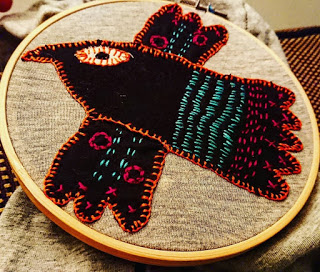
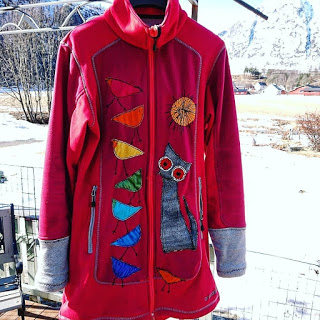
I used to create appliques when I first started to mend, but not so much lately, I think I need to revisit this technique again. You can use applique directly on your mending project or make a patch with it first.

I think it’s a good way to mend t-shirt or leggings’ where you don’t need any backing on the fabric pieces. This techniques does need a bit of work if you are cutting out small pieces and iron on interfacing. The motif can be sewn on by hand or machine
Stephanie from @swoodsonsays uses a lot of applique in her mending. Making unique pieces of garment that is often better than the original.
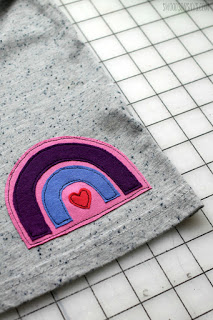

You also have the reversed applique technique there you put a piece of fabric underneath, draw a motif on the top stitching around and cut out the top fabric. It can be a bit tricky to use for mending as the motif must fit the hole or stain. And it works better with t-shirt fabric or non-fraying fabric.


I have used it for mending leggings and t-shirts.

Friday 9 October 2020: Katrine of Mending Mayhem provides her tips for buying second hand notions and fabric. You’ll save money and lessen the impact on the environment.


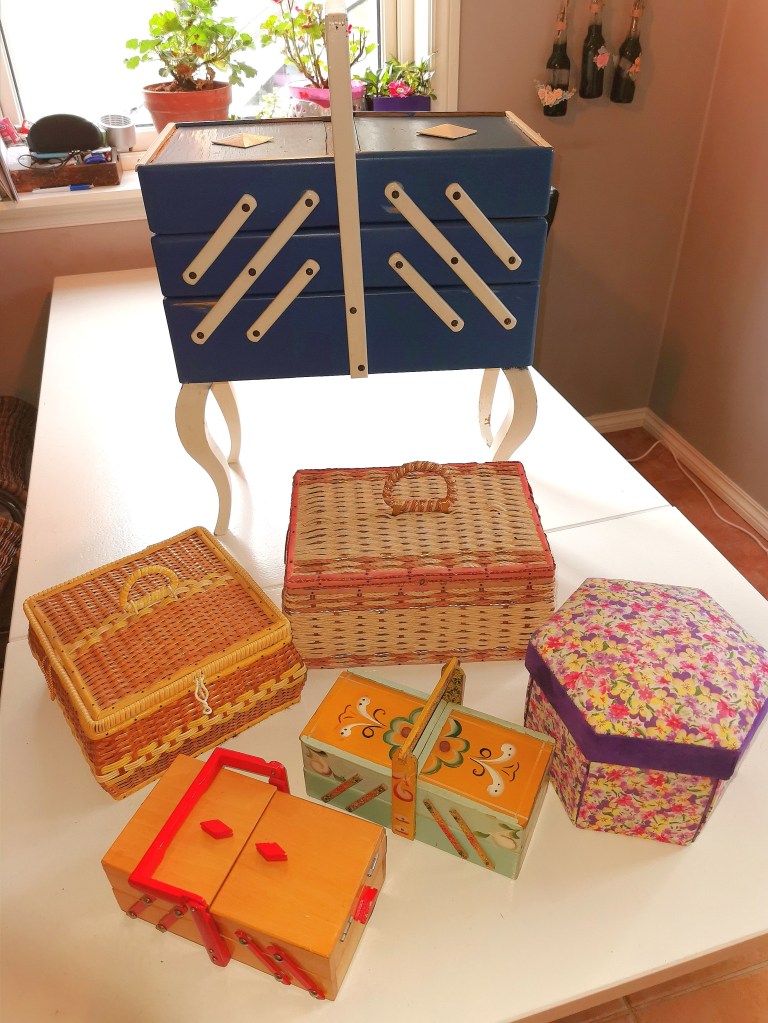




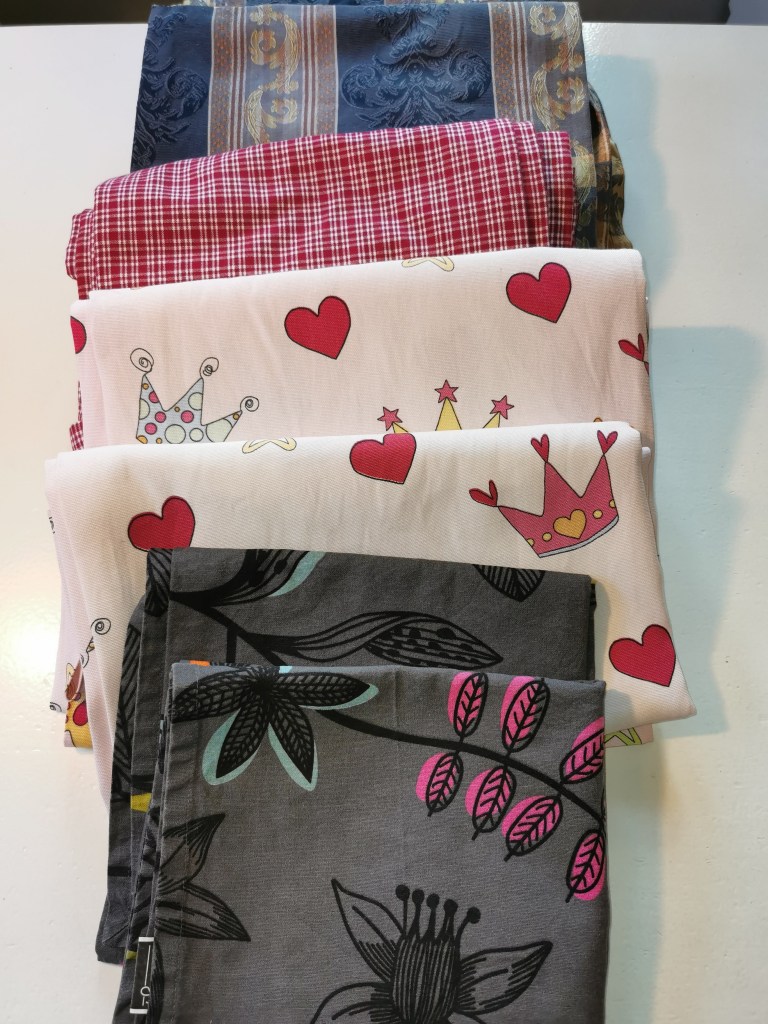
Friday 18 September 2020: Katrine of Mending Mayhem is back from her Summer break. Katrine discusses this week’s visible mending collage and the basics of mending.
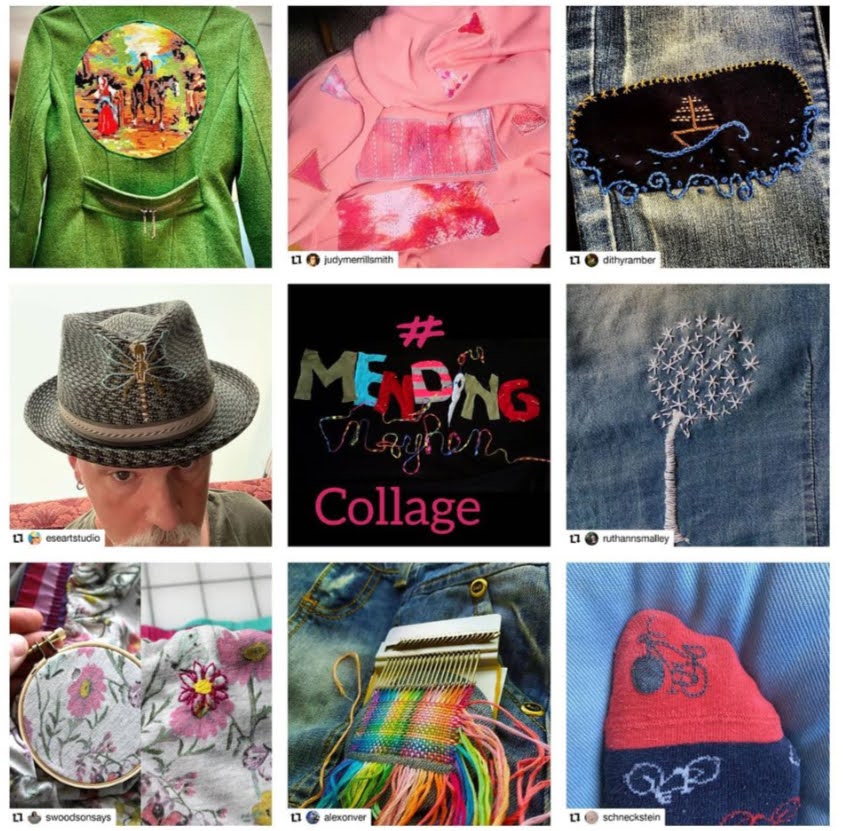
Use our #mendingmayhem and your mending have a chance to be featured next week.
Here are the Mending Mayhemmers for 16 September 2020:
🧵@lorenz.cherry for amazing and well done tapestry circle on the back of a coat 🧥 ⭕❤️
🧵@judymerrillsmith for a much patched hoodie, it’s just gorgeous Judy 💕 😍
🧵@dithyramber for making waves with a sailboat ⛵ mend on jeans 👖 it’s such a brilliant mend Heather 👏 ❤️
🧵@eseartstudio Eric always comes up with creative solutions. We just love the dragonfly keeping your much loved hat together 🎩❤️
🧵@ruthannsmalley mending the back of a denim shirt 👚 with a gorgeous dandelion ❤️nice stitching Ruth 👌❤️
🧵@swoodsonsays despite her love for patches Stephanie went for a embroidery mend this time. We love your flower 🌸, good choice 👏❤️
🧵@alexonver for very colourful and fresh darning denim 🌈❤️you work with the darning loom is amazing Alex 👌
🧵@schneckstein Uli are impressing us with her beautiful bike 🚲 mend on socks 🧦 ❤️
Well done everyone 🎉💫🎉
Thank you all for using our #mendingmayhem and for contributing to the mending community ❤️
Keep up the good work.
Darning is an easy skill to get your mending skills started. Here are darning techniques supplied by Katrine.




The pictures above show how the darning loom is used. Roberta Cummings has a very good tutorial in her Instagram highlights


Other types include Pick up stitches for knit fabrics, Scottish darning, Finnish darning and Japanese stitches. Darning tools: These are your easy to find tools- Darning needles, blended threads, darning mushroom and access to darning tutorials.
Katrine’s darning tip: Katrine suggests that when you’re darning wool fabrics, use a blended yarn to ensure your darning lasts longer.
This is a link to a Scottish darning technique by Marlene Meiners @milli_and_the_bee She also has a link to Swiss darning technique and Duplicate stitch. Thank you for your permission to link to your darning tutorial Marlene.

Sewing Save Series: Part 2 with Katrine and Suzie is about mending and cherishing memories. Mending allows them to create more wonderful memories while making sure to avoid adding to landfill.
Every item has more than one life and mending is an everyday part of their lives.
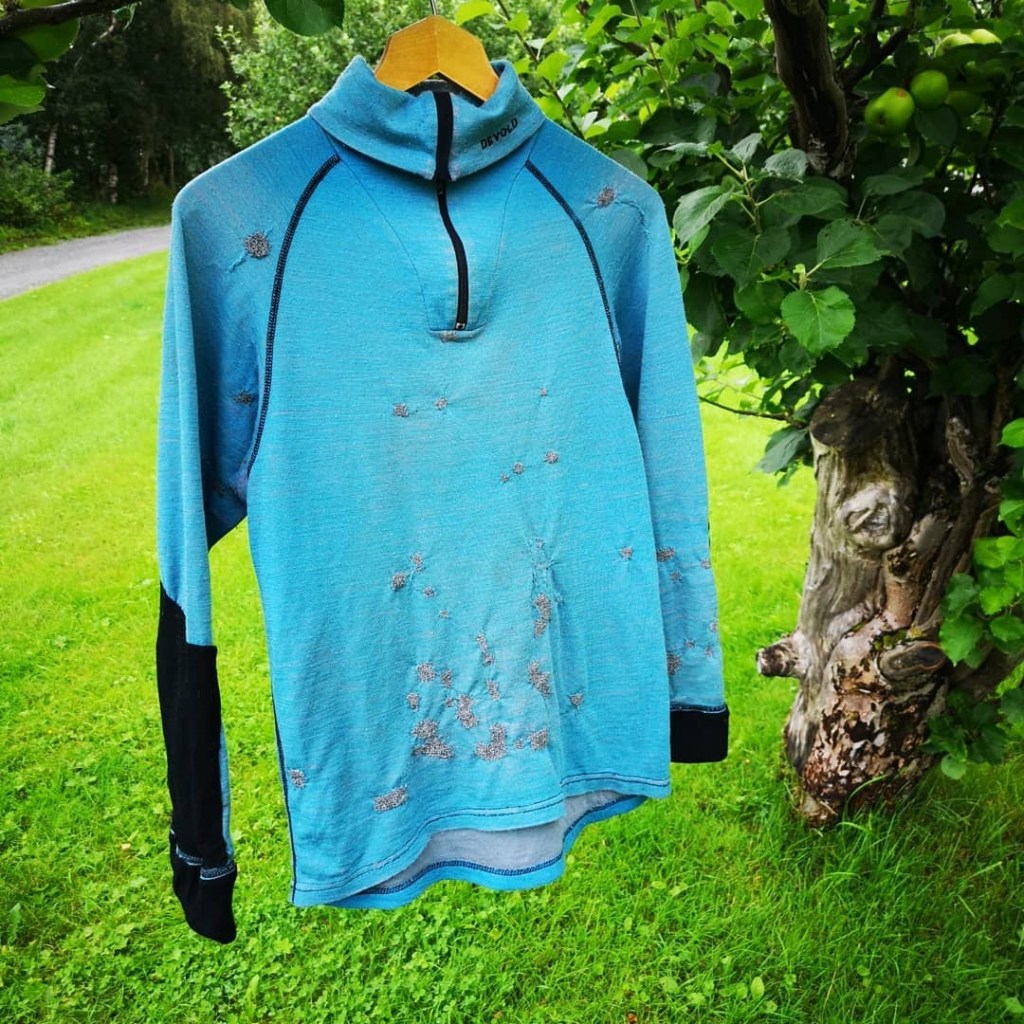


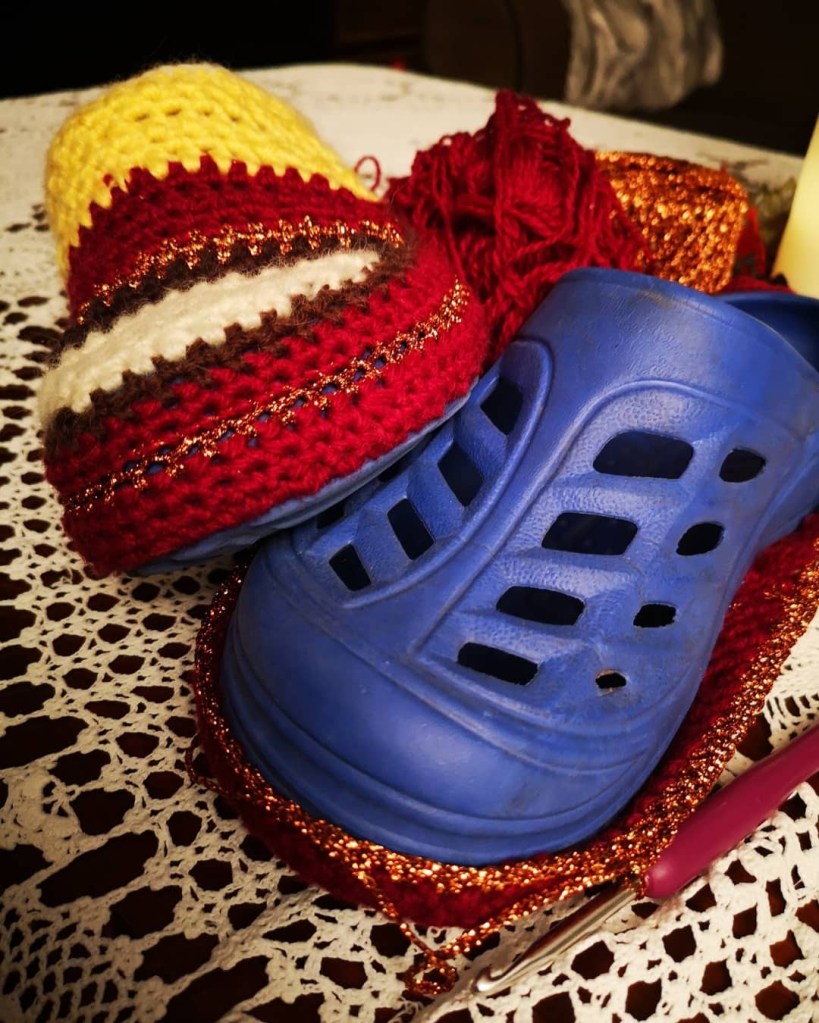








The visible mending movement has over 76,000 IG posts. Mend March is another great hashtag to follow.
‘Mend don’t spend’
An important aspect of mending is that you can’t go wrong with visible mending. There is no right or wrong way to mend visibly. Visible mending is all about what you like, or want, or how you want to give new life to your clothing/shoes/accessories.
Visible mending is achievable for everyone. You don’t have to be skilled in a craft. You do need to be creative but again, that’s your personal preference and when you follow Mending Mayhem, or any mending hashtag, you can find many mending options to choose from for your needs.
Evelyn Woods is a big supporter of Monday Mending. Wednesday collage of mending from the previous week and a guest post on a Friday. Button swap was a huge hit this year. Morrissews or Tricia has helped Katrine and Suzie run the A to Z of mending.
Over 4,000 Instagram followers agree Mending Mayhem is a fun and friendly mending community. And you can follow mending community on the Mending Mayhem group on Facebook and the Mending Mayhem blog. Katrine also posts her mending projects on their personal Instagram accounts. Katrine posts on her blog as well. Mending Mayhem were mentioned in a news article about mending in The Guardian.
Sue Stoney
Sue Stoney is a creative and is an educator, hence we’re excited for Sue to start this series where you can get to share your sewing saves with our listeners.

Like many of us, Sue love remnants. The dilemma is remnant fabrics are often too small for what you thought they could become. Each episode Sue will give us the back story behind each project/s.

Sue Stoney is a long time sewist and is passionate about sustainable sewing.
Illaria

Ilaria has created #sustainablestylesept as a fun way to start being sustainable. Ilaria is a Canberra local that enjoys being sustainable and on today’s Sewing Save Series emphasis on the word ‘save’. She encourages people to wear repurposed clothes and enjoy being sustainable.
Morrissews
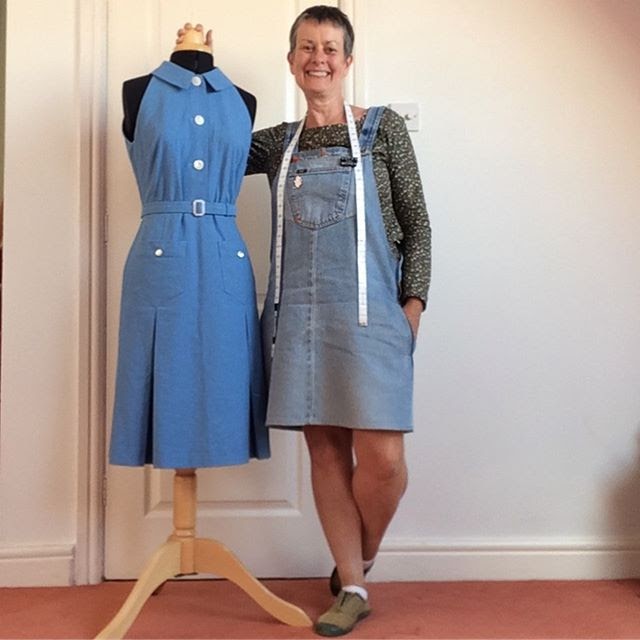
Tricia of MorrisSew’s mantra is make, do, mend.
She supports Extinction Rebellion, contributes to Make A Garment a Month Sewalong and has been a guest editor for Sewover50. Where does she get the time to do all of these things? You’ll find out what drives her when you grab a cuppa to hear from Tricia.
You’ll have to join Visible Mend once you hear about this from Tricia.
Marcia Lois Riddington

Marcia Lois Riddington treasures estate fabrics and recycles fabrics. You’ll find Marcia on Instagram.
Evelyn Wood
Evelyn Wood is passionate about vintage sewing and mending.

Margot Firth
Margot Firth gives new life to an existing coat using couture sewing techniques.

Margot and Clare Firth source ‘old’ fabrics for their couture sewing projects.
Raquel

Raquel was one of our first podcasters who talked about her refashions.

She lives in Taiwan and has access to reject clothes from manufacturers.

